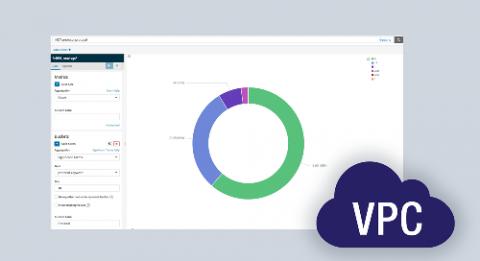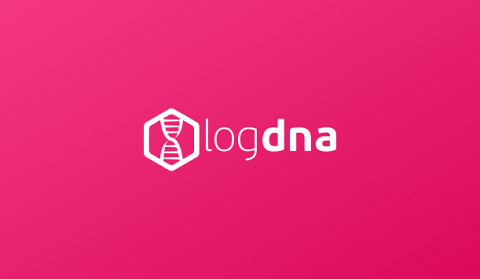13 Security Alerts and Visualizations for VPC Flow Logs
AWS VPC Flow Logs record details about the traffic passing through your application, including requests that were allowed or denied according to your ACL (access control list) rules. It also has information about the IP addresses, and ports for each request, the number of packets, bytes sent, and timestamps for each request. This information brings deep visibility and the ability to improve your security posture over time.








